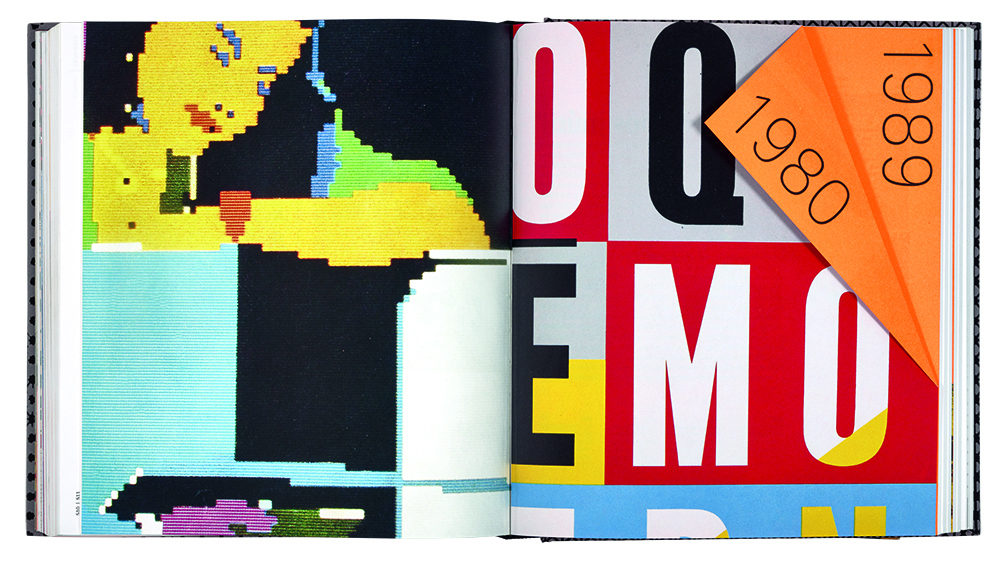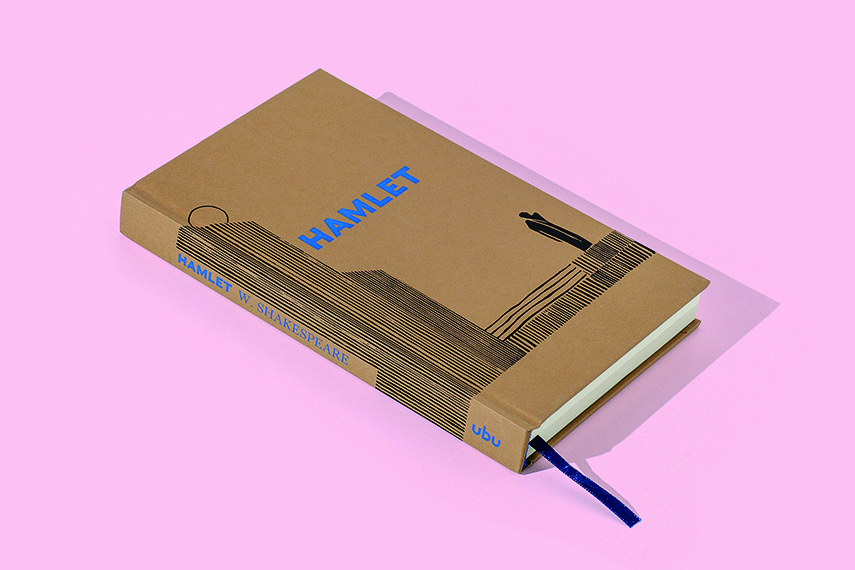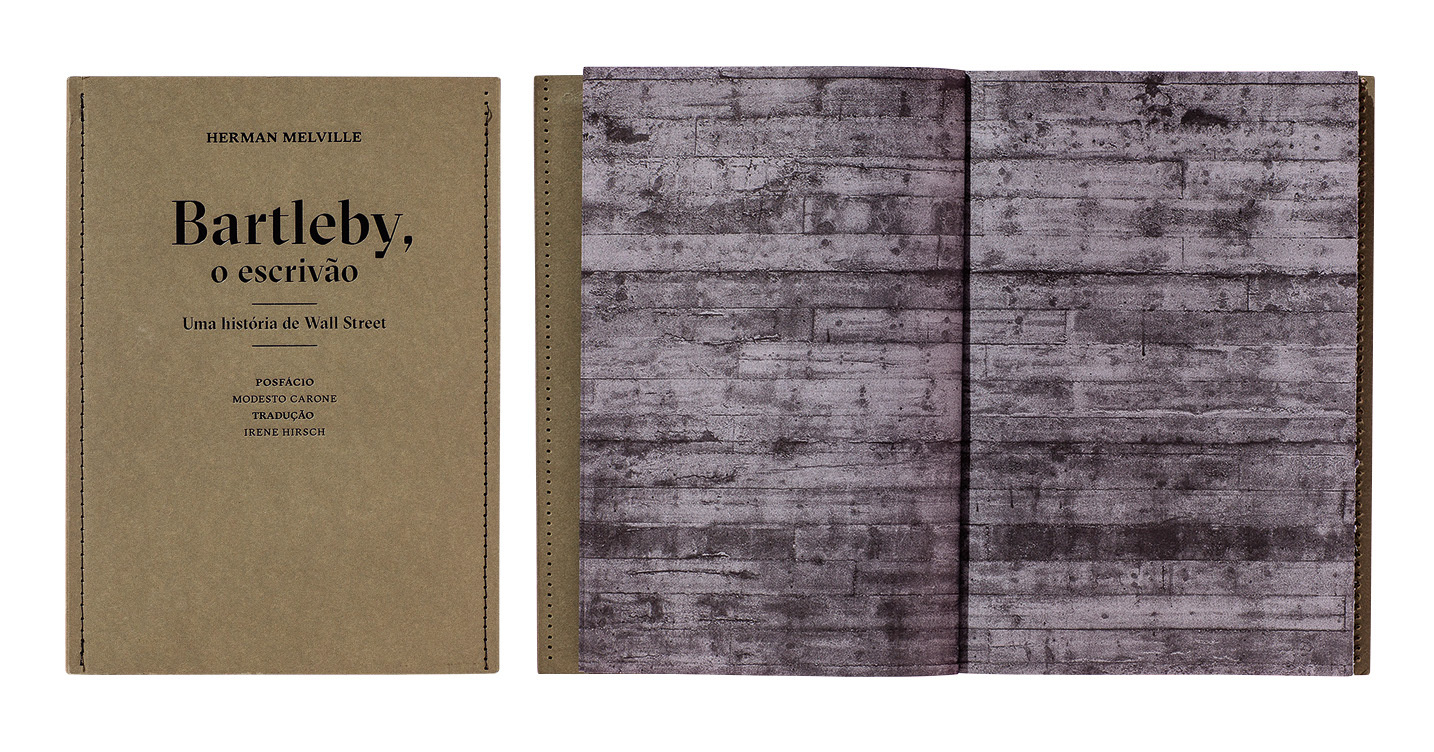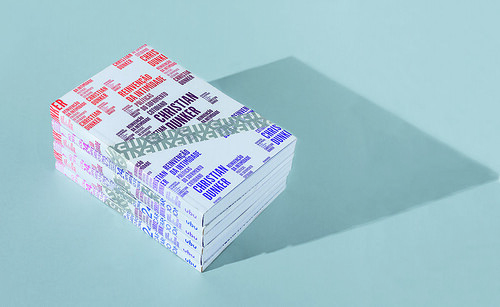Summer 2020
Elaine Ramos: The book designer
‘We overdose on communication, but “beautiful” design circulates only between the culturally literate.’

In September 2016, Elaine Ramos co-founded São Paulo-based publishing house Ubu with Florencia Ferrari and Gisela Gasparian. Ubu sprang from the ashes of Cosac Naify, which had closed in 2015. ‘After we launched Ubu, Brazil entered a very dark political and social nightmare,’ says Ramos. This was a time of financial crisis and many other challenges that led to the rise of right-wing populist Jair Bolsonaro in 2018.
‘The need to address political issues became much more pressing,’ says Ramos, ‘and that is what we did, taking a turn to the left.’ Outside Ubu, she runs her own studio, also based in São Paulo, with clients such as the Museu de arte moderna (MAM) in the city; SESC, a non-profit private institution that is dedicated to social and cultural activities; and the record company Circus Produções.
‘I like a book whose design is a clever translation of its content,’ says Ramos. ‘It must be loyal to the text and it must allow the book to be comfortable to read and handle, flexible, and light,’ she continues. ‘It must make clear to the reader all hierarchies and specificities of the text.’ Ramos took her early inspiration from the likes of Bruce Mau, Tibor Kalman’s Colors magazine and Jan Tschichold’s work ‘and all its contradictions’. She later was exposed to the work of French designer Robert Massin (see Eye 16) and early twentieth-century type and book designer Jan van Krimpen and his generation of Dutch book designers; Ramos says that Dutch design has never since left her radar. ‘What excites me most are simple and well done books. This may sound very easy to achieve, but it is actually really difficult, you need a lot of experience.’
Chapter opener from Linha do tempo do design gráfico no Brasil (2011, Cosac Naify). Each decade of Brazilian design is heralded by a bravura design production device – a folded-back right-hand corner that reveals the years spanned.

Ubu brought 35 of Cosac Naify’s books back into print and expanded from its design-led approach with a greater focus on publishing works that inspire contemporary debate. The Portuguese-language catalogue focuses on works of literature, social science, psychoanalysis and visual arts (as well as two children’s titles), with a small number of classics that chime with the modern-day human condition, such as Shakespeare’s Hamlet and Joseph Conrad’s Coração das trevas / Heart of Darkness. For these, the publishing house invites an artist to contribute and welcomes the resulting interactions between artist and designer over how to interpret the book, yielding distinctive results.
Works such as Um guia Pussy Riot para o ativismo, a translation of Read & Riot: A Pussy Guide to Activism (2019) and the ‘Exit’ collection speak to the publishing house’s engagement with pressing issues. The ‘Exit’ set of seven books includes Big Tech – A ascensão dos dados e a morte da política by Evgeny Morozov, and Jonathan Crary’s 24/7 – capitalismo tardio e os fins do sono / Late Capitalism and the Ends of Sleep. ‘It is very challenging to run a publishing house in a country whose government considers culture and education superfluous, or even dangerous,’ says Ramos. ‘It is
also very difficult to sell the experience of reading a book in a world riddled with brief, shallow and immediate information. It is a form of resistance!’
For Hamlet, Ubu commissioned young poet Bruna Beber to do a new Portuguese translation. ‘Her text ended up being very fluid and vocal,’ says Ramos. Ubu also worked with contemporary Brazilian artist Nuno Ramos, who conceived of ideas that proved to be ‘too radical and expensive’ for the standard edition; in his collector’s edition, Nuno Ramos erased all speech from the play, leaving only the stage directions. The standard edition includes exquisite woodcuts by the English artist and theatre director Edward Gordon Craig (1872-1966) that Elaine Ramos came across while doing research for the design of the book: ‘Not one of us at Ubu could resist using the woodcuts.’
Ubu’s re-issued version of Hamlet (2019) reflects the publisher’s vision for book design and publishing. Ramos says: ‘Form and content share a close connection. Each classic ends up very different from the others.’ Woodcut by English theatre director, designer and artist Edward Gordon Craig (1872-1966).

The catalogue also includes a rich selection of visual arts titles, including significant design books such as Ruben Pater’s Políticas do design / Politics of Design (reviewed in Eye 93), Rafael Cardoso’s Design para um Mundo Complexo / Design for a Complex World, and a Portuguese translation of Robert Bringhurst’s seminal The Elements
of Typographic Style, among others.
Ubu’s motivation to design and publish two editions of certain titles lies in their clientele, and the publishing house’s savvy decision to use the same inner pages for both editions, which can be offset printed in one print run. Ramos says, ‘We make special and expensive editions for book lovers with money and by selling these we are able to make good and affordable standard editions. The interiors of both editions are the same.’
Cover and spread of Ubu’s Bartleby, o escrivão (2017), a Portuguese translation of Bartleby, the Scrivener, a novel by Herman Melville (1819-91).

Ramos questions the role of graphic design in a contemporary world that is suffering from what she calls ‘an overdose of communication’. How should designers respond to this?
‘On the one hand, we feel suffocated by all the information being transmitted to us constantly and simultaneously, while on the other hand it seems as if the communication is shattered in small fragments – with less meaning and less effect – making us increasingly restricted to communicating only with our equals.
‘In Brazil, the 2018 election was a tragic and scary example of what I’m talking about. The advent of Covid-19 has reinforced the flood of information and fake news, and Brazil is facing the risk of further reinforcing its social inequality. We have hard work ahead of us! The combination means that the media is pulverised. Aesthetics have become a sort of filter, and “beautiful” design circulates only between the culturally literate. The great challenge graphic designers face today is being able to communicate properly beyond their consensual niches.’
Ubu’s ‘Exit’ collection (2016-19) is a set of seven books by Franco Berardi, Jonathan Crary, Christian Dunker, Frédéric Gros, Deirdre McCloskey, Evgeny Morozov and Marshall Sahlins. The series design includes overprinted text in bright colours and silver ink.
Top. Portrait by Nino Andrés.

Sarah Snaith, design writer, editor, Buenos Aires
Read additional articles in Eye no. 100 vol. 25, 2020
Eye is the world’s most beautiful and collectable graphic design journal, published for professional designers, students and anyone interested in critical, informed writing about graphic design and visual culture. It is available from all good design bookshops and online at the Eye shop, where you can buy subscriptions and single issues.
